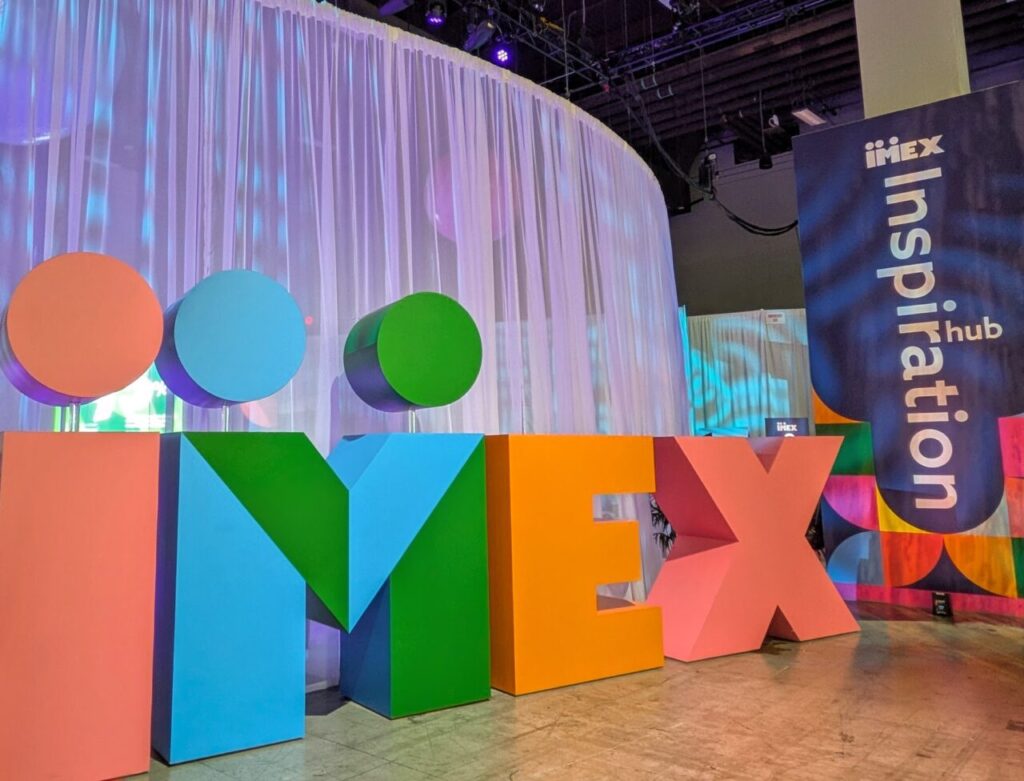(Promo) When Lake Champlain Chocolates wanted to boost holiday sales, it launched an animated e-mail. Sales jumped 49%.
The chocolate maker, which operates a store in Vermont, has discovered new ways to make graphics in e-mails work.
Some 34% of major retailers have used animation in at least one e-mail over the past seven months, according to a new study by the Direct Marketing Association’s E-mail Experience Council.
“We’ve seen a resurgence,” says Lisa Harmon, principal, Smith-Harmon, Inc., a creative services agency that focuses on e-mail marketing. “Originally, people did it thinking it was novel when e-mail marketing was a baby channel. But now, people are starting to get a little more sophisticated with the usage of animated gifs.”
Similar to a flipbook, an animated gif is created by displaying frames of graphics one after the other in quick succession to give the appearance of movement.
“If you want any kind of movement in your e-mail you are pretty much left with animated gifs,” Chad White, director of retail insights and editor-at-large of the DMA’s e-mail experience council, says. “If you are not using it, that should give you pause.”
Lake Champlain Chocolates also ran a Valentine’s Day promo. Clickthroughs on an animated e-mail were 203% higher than those showing just a static picture, the study found.
For years, retailers may have been their own worst enemies, annoying recipients by using too much animation.
“In the early days of e-mail, everyone wanted everything to flash and blink,” White says. “There were a lot of people who just went overboard. Now we are in a different age. People expect there is going to be this richness in the media they consume.”
The popularity of online video is contributing to the comeback.
“Animated gifs are a great way to make your e-mails stand out, especially during the holidays when there’s a lot of competition for your inbox,” he says.
E-mail volume increases about 50% during the month leading up to Christmas. In November, consumers receive, on average, 2.5 e-mails per week per retailer compared to their typical 1.7 e-mails per week per retailer, according to White.
Gap used animated e-mails in March to launch a mini fashion show. Viewers looked on as five consecutive colorful outfits flashed across their screens showing off a new summer line.
Harry & David featured a train with an animated headlight and smoke pouring out of a smokestack with the subject line “All Aboard the Christmas Express” promoting its express shipping service.
Some retailers use animation to demonstrate key product features. To promote its Beach Trekker Sandal this spring, Lands’ End showcased its color assortment, as well as capabilities of the footwear to transform into a slide with a flip of the strap.
E-mails that are “fun and different and really get your attention” move the needle, White says. “You are delighting people in ways perhaps your competitors are not.”
Take Coldwater Creek. The company beefed up its seasonal messaging in February with a tie to Groundhog Day. While the holiday is not known for big sales, the e-mail featured Punxsutawney Phil popping out of his hole looking for his shadow. The creature winks, dons on a pair of sunglasses and disappears into his hole.
Animation is also used to emphasize a message or point. Omaha Steaks and Staples deployed e-mails to promote discount savings and one-day sales.
Marketers spend about $1,500 on production costs for e-mail campaigns, Harmon estimates. Adding animation ranges from $250 to $750.
“It’s not a huge addition,” says Harmon, whose clients include William-Sonoma, Amazon.com and REI. “It’s nothing compared to printing or mailing a direct piece. The ROI on e-mail is pretty darn good.”
The study, “Animation in Retail E-mails” was released in June, based on research from nearly a year of tracking e-mails of more 100 top retailers.
 Network
Network

